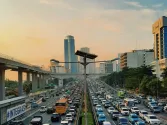From petri dish to playbook: What the great global workplace experiment taught us
By Dr Lee ElliottMany Asia Pacific markets were first to return to the office, buoyed by strong public health responses, compact commutes, and a cultural emphasis on face-to-face working.
The day the office disappeared
We closed the office doors in March 2020, a gesture made in unison across continents, as if choreographed by unseen hands. For the first time in living memory, the workplace disappeared— not metaphorically, but literally.
Desks went quiet. Commutes vanished. Cities sighed. And just like that, we entered the Petri dish.
I remember those early weeks vividly. People still dressed properly for Zoom calls— shirts ironed, hair brushed, slippers quietly out of frame. Managers tried to recreate the rhythms of office life with virtual check-ins that no one really wanted.
Every living room became an improvised cockpit of work, home, ambition, and anxiety. And we, those of us in corporate real estate, watched the whole thing unfold with equal parts fascination and dread.
Would people ever come back?
That was the question whispered in corridor-less conference calls, posed on slides titled “Scenario Planning,” uttered with a mix of hope and disbelief. It was the start of the most sweeping workplace experiment in modern history. And, like all good experiments, it told us things we hadn’t thought to ask.
Five years on, the results are in. The experiment is over. And now we’re left with something far more permanent: a playbook.
Zoom shirts and living room boardrooms
We used to ask, “Can people be productive at home?” We asked it nervously like a parent asking if a teenager can really be trusted with the car. It turns out they can. And often, they do better when given the keys.
Hybrid work wasn’t just a compromise. It was the outcome. The data settled somewhere between trust and autonomy, between collaboration and solitude. Two or three days in the office became the rhythm in North America and Europe. In Asia-Pacific (APAC), the beat was steadier— more in-office, more tradition-bound.
In fact, many APAC markets were first to return to the office, buoyed by strong public health responses, compact commutes, and a cultural emphasis on face-to-face working.
In Tokyo, Seoul, and Singapore, average attendance recovered to near pre-pandemic levels by late 2021. Yet, beneath the surface, the notion of flexible working has started to take root.
In cities like Sydney and Hong Kong, hybrid patterns are becoming more normalised in white-collar sectors, particularly technology, media, and professional services.
People adapted. Expectations changed. And with them, the very architecture of work.
Designing spaces that deserve the commute
The office, once the altar of routine, became something else: a destination. It had to earn the commute. It had to offer something the kitchen table could not. Slowly, the fluorescent lights gave way to natural ones. Plants moved in. Cafés opened inside lobbies. Yoga rooms appeared where storage cupboards once stood. Offices learned to seduce.
In APAC, this shift has been especially visible in gateway cities like Singapore, where new office towers are as much wellness hubs and innovation labs as they are places of work.
Buildings now boast everything from sky gardens and end-of-trip facilities to digitally enabled concierge services. Occupiers are seeking out these premium environments to support talent retention, ESG (environmental, social, and governance) goals, and cultural renewal.
There was a phrase that floated around a lot during those first few years— flight to quality.
But it wasn’t just about glossy surfaces or BREEAM (Building Research Establishment Environmental Assessment Method) certificates. It was about trust.
Employees trusted employers who gave them spaces that respected their time and well-being. Companies trusted buildings that could flex and adapt, that didn’t force a 2015 template on a 2025 world.
The space shrank, yes. But it deepened.
Trust is the new infrastructure
And then there was the culture— or the fear of losing it. I remember the think-pieces and the earnest panel debates: How do you preserve company culture without a water cooler?
But culture, like nature, finds a way. It moved online, yes, but it also moved inward. It became something more intentional, less ambient. When people did come together— in person, in real-time— it was with purpose. Not to punch in, but to connect.
What surprised me, though, wasn’t that culture survived remote work. It was that companies began to realise what they hadn’t been measuring. Community. Belonging. Burnout. Purpose. The experiment revealed what we’d been ignoring. Suddenly, well-being wasn’t just a policy but a performance indicator. Trust wasn’t fluffy— it was structural.
Some companies responded with casual dress codes and Teams emojis. Others built meditation rooms, restructured hours, and rewrote job descriptions. The brave ones listened. In APAC, we see this manifesting in design briefs that emphasise sensory comfort, social space, and cultural fit— particularly in multinational offices that serve as regional headquarters.
The world responds in its own time
Of course, not all the test subjects behaved the same. Geography had its say.
In Tokyo and Seoul, workers returned to the office like clockwork. Small flats and cultural norms made hybrid feel optional at best. Offices there remained not just functional but aspirational. You could see it in the way buildings filled back up — not just with people, but with pride.
In Southeast Asia, the return was similarly swift but often uneven. Manila, Jakarta and Bangkok saw strong rebounds in sectors where collaboration and supervision are key, whilst digital-first companies retained more flexibility.
In Australia, particularly Sydney and Melbourne, hybrid models have stabilised, with Fridays now the quietest day of the week in most office buildings.
In Europe, the pace was slower, but the commitment stronger. Hybrid became policy. Structured, predictable, and supported by infrastructure and culture alike. The cities— London, Paris, Amsterdam— adapted. Trains ran. Offices filled mid-week. The handshake never quite went away.
North America? That was the wildcard. San Francisco’s towers emptied like unplugged aquariums. New York pulsed mid-week but sagged on Mondays and Fridays.
Return-to-office became a cultural battleground— a tug-of-war between CEOs invoking collaboration and employees invoking flexibility.
But even here, the trendline moved. Not backwards. Inwards.
When space becomes strategy
If there’s one thing this strange, sweeping experiment taught us, it’s that space is no longer a backdrop. It’s the protagonist.
Real estate used to be about headcount and leases. Now, it’s about experience, ESG, and competitive edge. The buildings that succeed are the ones that flex — physically, technologically, and emotionally. They listen to the rhythms of their users. They adapt.
They have to. Because employees no longer have to show up.
Across APAC, we see this strategic mindset taking root. Portfolio reviews are more frequent. Occupier briefs are more bespoke. And increasingly, businesses are asking, “Where should we be?” and “What kind of workplace do our people need to thrive in this region?”
And that’s the paradox: place matters more than ever in a world where presence is, for many, optional.
What comes next— and who builds it
The playbook isn’t finished— far from it. But five years on, we know much more about what works, what matters, and what no longer makes sense.
We know people don’t come back to the office for mandates — they come back for meaning.
Design, we’ve learned, isn’t just about aesthetics or efficiency; it’s about trust, identity, and the quiet cues that tell people: this place was made with you in mind.
We also know that regional differences demand local nuance. What resonates in Hong Kong may not land in Ho Chi Minh City. What energises teams in Seoul might not move the dial in Sydney.
The era of standardised, one-size-fits-all global real estate strategy is ending. In its place are adaptive portfolios and context-rich planning that reflect cultural, economic, and behavioural variation across APAC and beyond.
The real question now isn’t whether the office survives. It’s whether we can reimagine it as a platform for performance, pride, and possibility. And if anywhere is likely to lead that reimagining, it’s Asia-Pacific— where diversity is not an obstacle to navigate but a wellspring of creative energy.
Because in this next chapter of work, the winners won’t be those who revert to what was— they’ll be the ones bold enough to build what’s next.

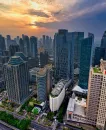


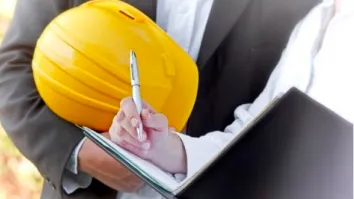
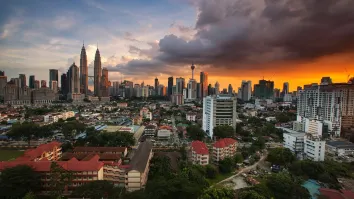
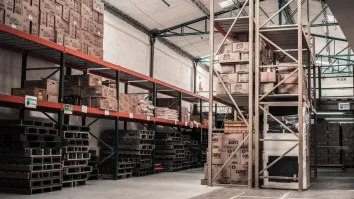

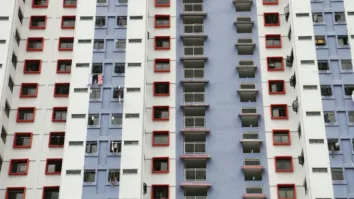
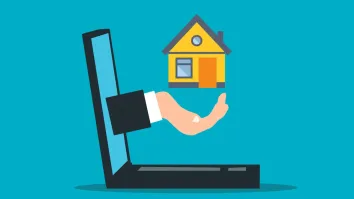
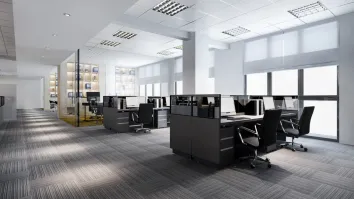
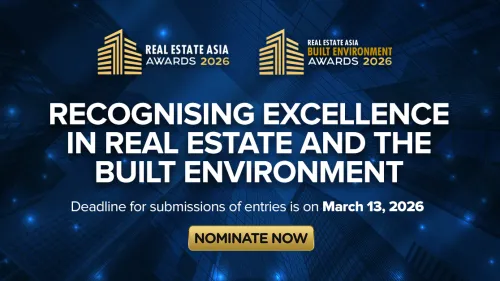
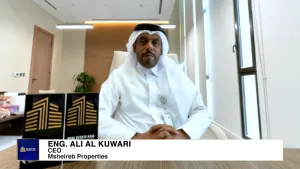
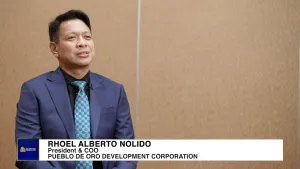

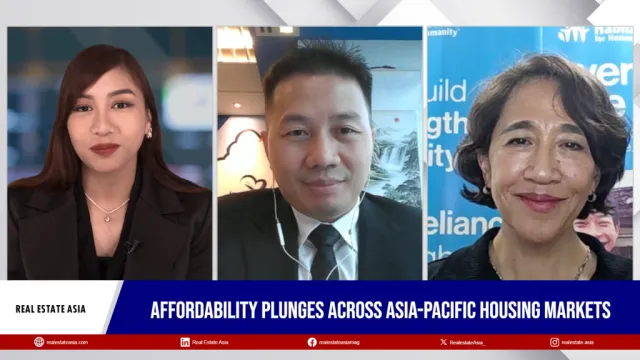
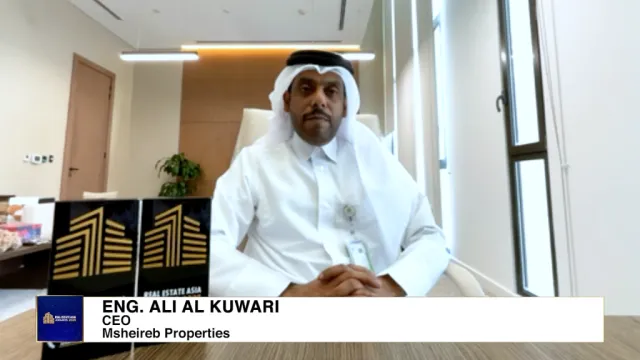
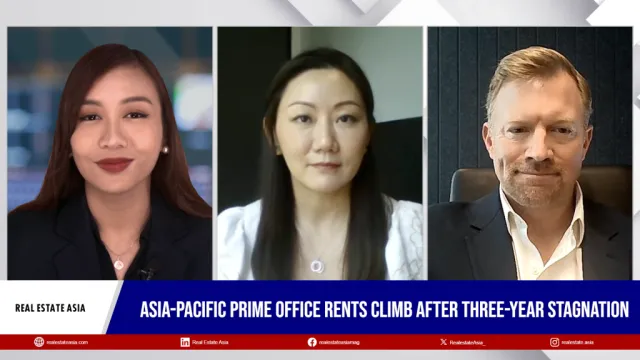
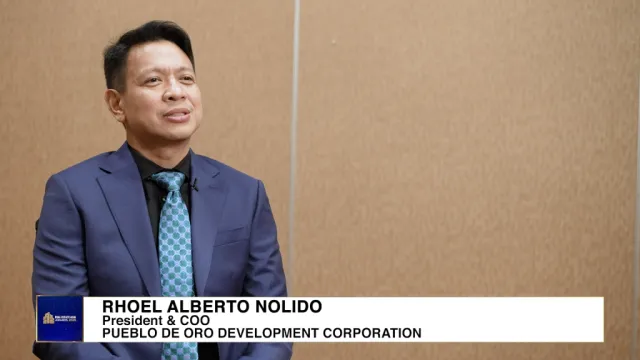
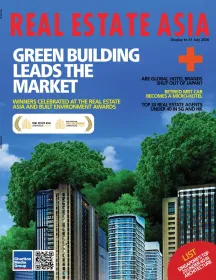
 Advertise
Advertise

